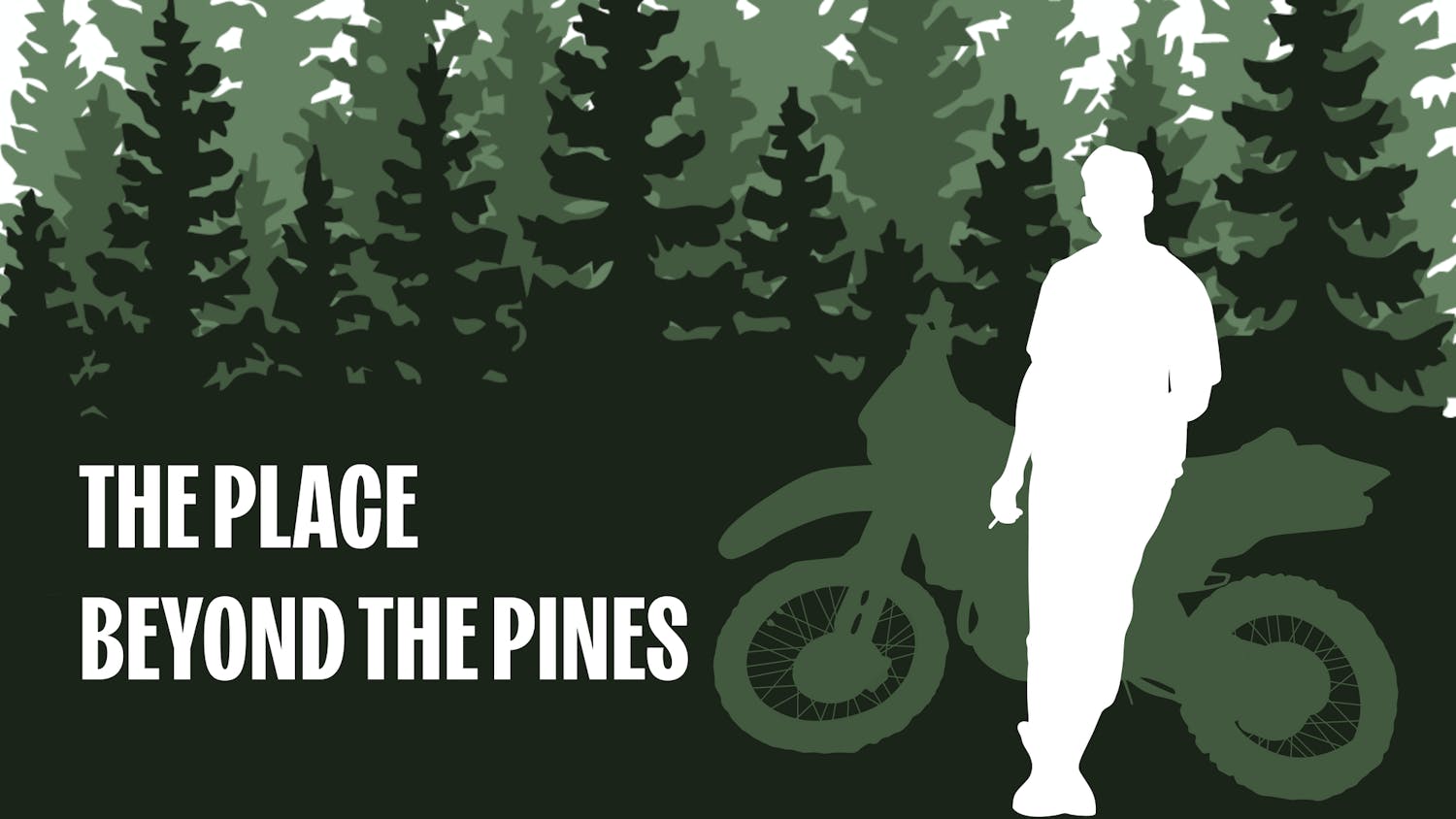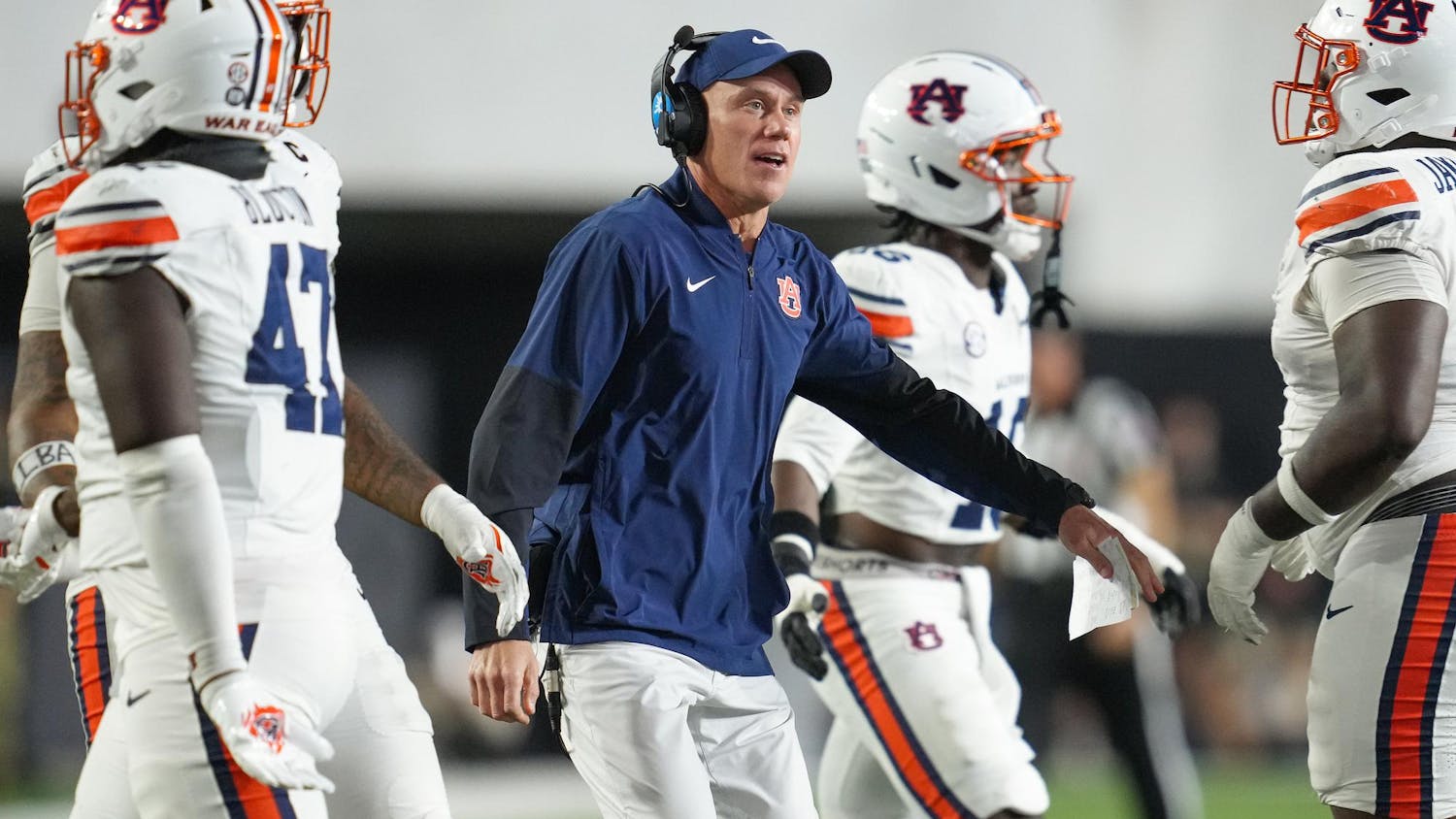Cartoons and animation are the most utilized form of media for superhero adaptations.
For our last part of The Superhero Invasion, we focused on early cartoons depicting comic book properties through the early 1980s, and on this week’s edition, the focus is shifting to the animation after that period.
One comic that sprung up in the 80s, and eventually became a cartoon, was the Teenage Mutant Ninja Turtles. The TMNT began in 1984 as a parody of other 80s action comics. They were over the top in a dark, violent and gritty way. The animated show adaptation, however, was a different story.
The animated television series that came out in the late 1980s was also incredibly over the top but in a completely different way. It was goofy and silly, featuring the turtles fighting silly villains like Beebop, a talking warthog, Rocksteady, a talking rhino and Kraang, a disembodied brain who floated around in an odd suit. The show also gave the turtles different colored masks, where in the original comics they all had red masks.
This show was a phenomenal hit, lasting until 1996. This show, with its goofy take on the turtles, became the main way in which the characters were portrayed. Most don’t know that the original turtles started out as a parody featuring over the top violence and darkness.
One of the premier animated shows that came out during this time was “Batman: The Animated Series,” created by Bruce Timm. This show was remarkable for its serious tone and mature themes that it presented. It showed Batman like he was in the comics at the time — a brooding, tortured man with an agenda to fight crime. The show also had the first appearance of Harley Quinn. She was so popular that she was eventually introduced into the comic books as well.
“Batman” helped to launch a series of interconnected DC animated television shows, like “Superman: The Animated Series,” “Justice League,” “Justice League Unlimited,” “Batman Beyond” and “Static Shock,” all sharing the same universe lasting through the early to mid-2000s. There was also an adaptation of the “Teen Titans” done in an anime style that was not connected to this universe.
Marvel had its fair share of cartoons at this time, like “Iron Man,” “The Incredible Hulk,” “The Fantastic Four,” “Spider-Man” and “X-Men.”
Coming into the 2000s, more shows came out. A newer cartoon based on the X-Men, “X-Men Unlimited” pictured the main cast much younger and in high school. The Teenage Mutant Ninja Turtles received another animated adaptation in the early 2000s as well, featuring a more accurate, but still kid-friendly, version of the turtles.
As the 2000s went on, more shows came out adapting comic book characters, including a new Batman cartoon called “Batman: The Brave and the Bold,” which came out in 2008 and ran until 2011. This take on the caped crusader returned to the campiness of the 1960s, featuring Batman teaming up with other heroes like Aquaman and Green Arrow to take on sillier villains like the Condiment King and Crazy Quilt.
The X-Men got a third adaptation called “Wolverine and The X-Men” featuring a missing Professor X leaving Wolverine as the leader of the famous team of mutants.
DC also developed a team show called “Young Justice” that featured the younger heroes of the DC universe fighting villains and trying to get out from under their mentor's shadows. With the team of characters like Robin, Kid Flash, Miss Martian, Aqualad, Artemis and Superboy at the start, the show expanded to include a huge cast of characters. The show was canceled after its second season, but is being revived for a third season to premiere on DC’s forthcoming streaming service.
Spider-Man received a show during this time as well. “The Spectacular Spider-Man” featured Peter Parker in high school as he dealt with his usual problems of girls, grades and super villains attacking New York.
Superheroes have left such an impact on western animation that it has inspired creators in Japan to make animated shows of their own featuring superheroes. Shows like “One Punch Man” and “My Hero Academia” embrace the stylings of American comics while also putting their own spin on superheroes.
Animation continues to be the most common way of adapting comic-based properties. It is able to show the complexity and serialized storytelling of comic books like no other media, as it doesn’t have the constraints of a live action budget.
Do you like this story? The Plainsman doesn't accept money from tuition or student fees, and we don't charge a subscription fee. But you can donate to support The Plainsman.




